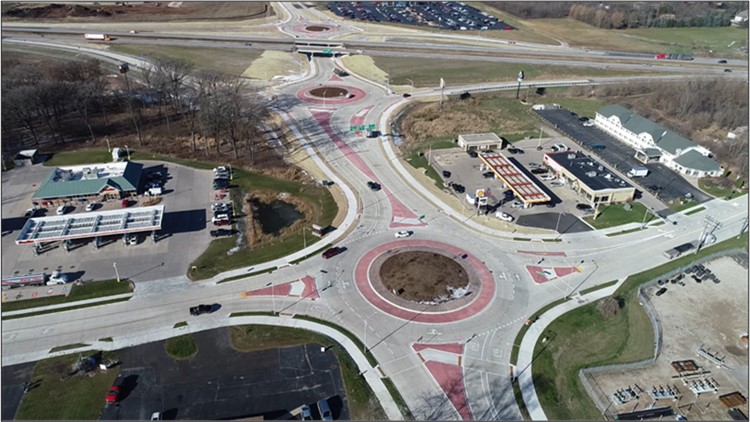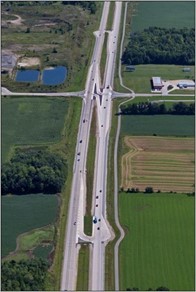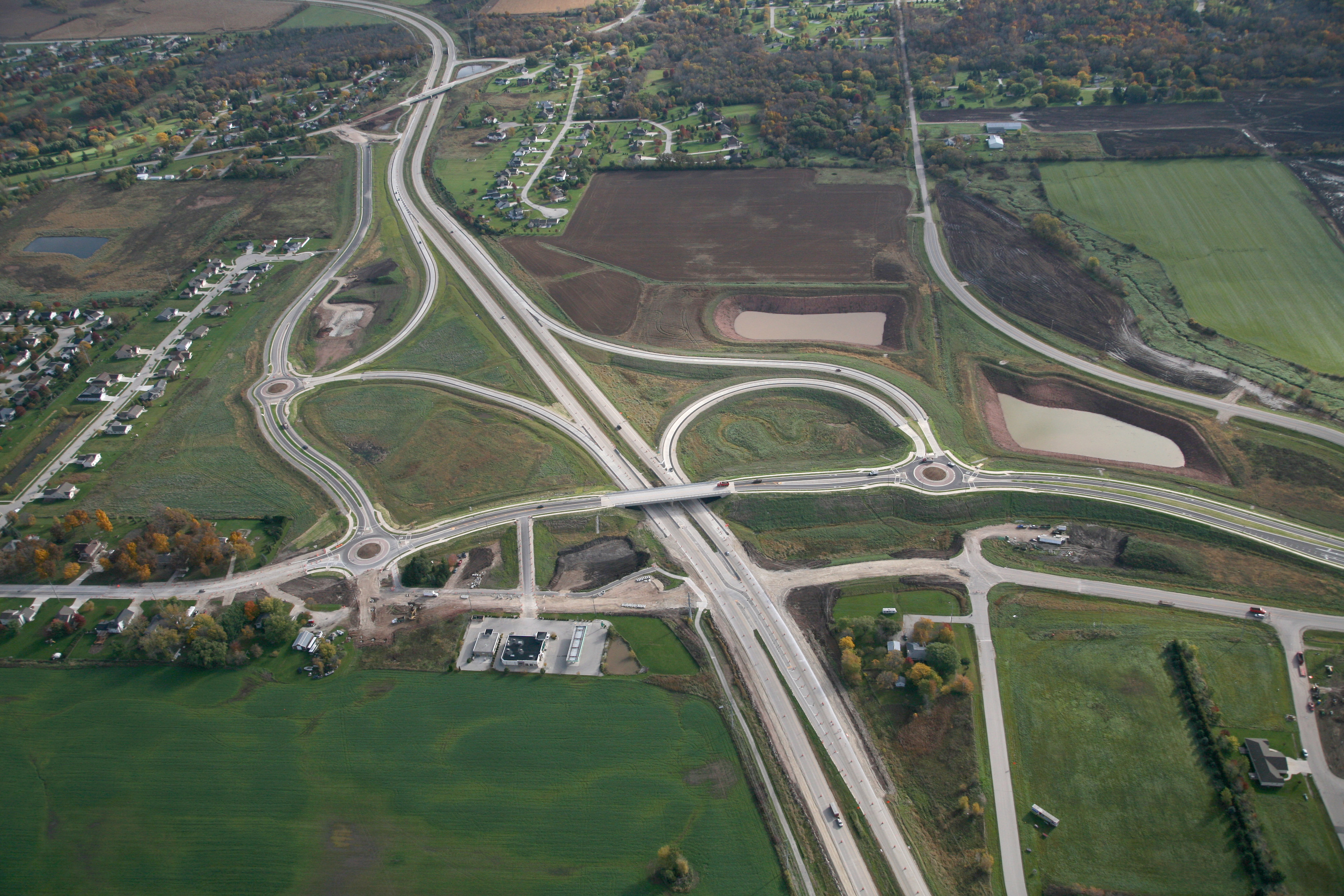Using ICE for Optimal Traffic Control Design
By Randy Carroll, PE, Director Transportation Service, Paul Villaluz, PE, PTOE, RSP1, DTM, Transportation Senior Project Manager, and Camie Ferrier, PE, Transportation Project Manager
There is a lot that goes into designing a safe and lasting intersection control solution. There is also several options to consider. An Intersection Control Evaluation (ICE) is a highly effective tool in assessing a site and choosing the right design solution.
ICE – What is it?
An Intersection Control Evaluation (ICE) is a performance-based framework that utilizes a data-driven approach and objective metrics to identify, evaluate, and select the best possible geometric and traffic control solutions for an intersection. ICE is a well-documented and defensible decision-making process that determines the 'best value' geometric design and traffic control considering multiple factors, including safety, operations, environmental impacts, constructability, and cost. Traditionally, the use of ICE is at the state level. However, more recently, a growing number of municipal transportation agencies have been developing and adopting ICE policies.

ICE – When is it used?
An ICE is used when developing a new intersection or considering substantive changes to an existing intersection. In many cases, state and local governments have adopted policies that define when to conduct an ICE. Substantive changes that require an ICE often include:
- Safety and/or operational improvements
- Congestion mitigation or broader corridor improvements
- Traffic control changes
- Access to an adjacent parcel of land or development changes
ICE - What's Included?
The ICE process is flexible and scalable to match the underlying project's complexity level. The level of complexity is consistent with the level of analysis, which poses questions that need answers and help make specific project decisions. However, the fundamental principles of ICE are the same. Typically, ICE includes two stages.
Stage I - Scoping
This first step includes defining the project background, purpose, and need and developing a list of possible intersection types and control alternatives. These alternatives are analyzed individually using quantitative and qualitative performance metrics to determine the extent of their potential to meet the project’s strategic objectives and funding constraints.

Stage II - Alternative Selection
This step objectively compares alternatives brought forward from stage I. Evaluations are based on various performance metrics, including safety, operational performance, multi-modal accommodations, environmental and utility impacts, right-of-way impacts, public input, benefit-cost analysis, and practical feasibility. At the completion of stage II, a report is prepared to document the process and the resulting recommendation.

ICE - Benefits
Transportation agencies that have enacted ICE policies realize many important benefits from the process, including:
- Focus on safety in the decision-making process
- Implementation of more cost-effective solutions
- Consistent documentation and transparency
- Increased awareness of innovative solutions
- Emphasis on objective performance metrics for consistency
- Consolidation and streamlining of existing intersection-related policies
Westwood has completed numerous Intersection Control Evaluations for state and local government entities across the county. If you have questions or would like more information, please reach out to our experts.